Ethernet’s Dencun Upgrade Successfully Deployed on Sepolia Test Network
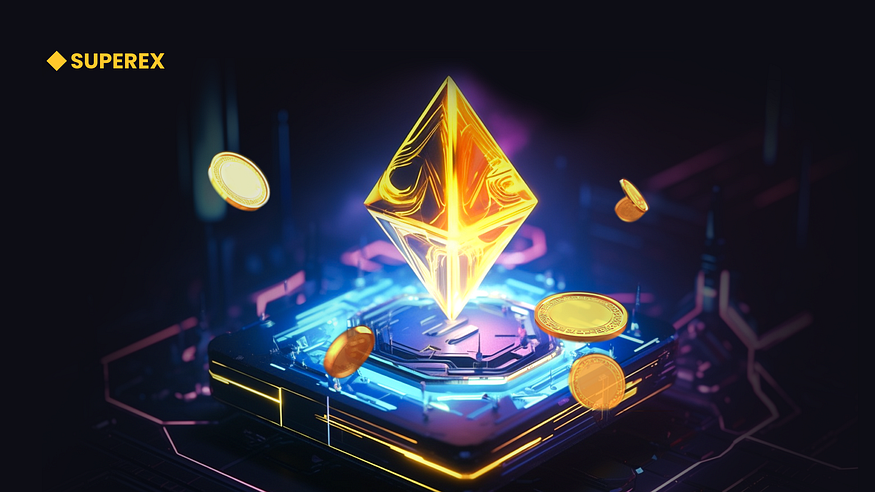
The Ethereum blockchain’s most significant upgrade since early 2023 has gone live on the second of three test networks, bringing the much-anticipated “Dencun” project and its “proto-danksharding” feature a step closer to reality.
- Click to register SuperEx
- Click to download the SuperEx APP
- Click to enter SuperEx CMC
- Click to enter SuperEx DAO Academy
The deployment on January 30th proceeded smoothly and received positive feedback from key participants in the Ethereum ecosystem. Terence Tsao from Prysmatic Labs, the team behind the Prysm Ethereum client, expressed satisfaction on Twitter, stating that “Sepolia is completed,” indicating a successful upgrade without any unforeseen incidents.
This fork follows a somewhat turbulent initial attempt on the Goerli testnet on January 17th. The Goerli fork triggered a network split due to errors encountered by the Prysm client. Developers addressed this issue within hours of the fork’s initiation.
The final testnet deployment on Dencun is scheduled for February 7th on Ethereum’s Holesky testnet.
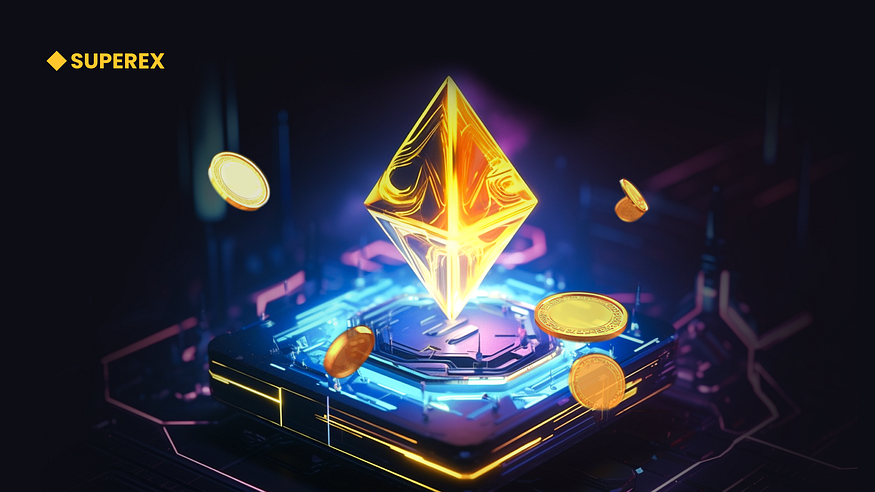
Ethereum goes through many upgrades because there’s always been this roadmap and a vision to make the blockchain more scalable and user-friendly. As the network gets bigger and matures, there is a need to make these improvements so that as activity and the user base grow, it can be more easily used.
So now, with this next one, called Denk, it’s supposed to mostly help roll-ups, the layer two blockchains that sit on top of Ethereum. Over the last few years, there has been a growing ecosystem with layer twos, so it’s essential to address those issues too.
What functionality does this unlock for users? If you’re transacting on a roll-up or layer two, the transaction fees are supposed to be lower with this.
Mostly thanks to a code change, the more official title is called EIP-4844.
But everyone knows it sort of as proto-dame shorting, which is this weird terminology that the devs have come up with. But basically, what it’s supposed to do is make extra available room for blobs of data, or as they call it.
This enables transactions to happen on roll-ups or those fees to become cheaper.
Also, as more and more people use the Ethereum Blockchain, the data available to store and track what they like and download those transactions, like the info of those transactions, has become more and more expensive. So this upgrade is supposed to help make that cheaper when you want to download that data.
Proto-danksharding and testnets!
This technical advancement marks the initial phase in the developers’ pursuit of cold charting, a concept essentially involving the division of the blockchain into miniature blocks or blockchains. The primary objective is to enhance data processing capabilities, enabling the system to handle more transactions efficiently. The envisioned goal is to introduce additional mini shards, expanding into more shards to create separate entities within the blockchain. This expansion aims to facilitate smoother transactions and, consequently, reduce associated costs.
Drawing a parallel to congested highways, increased blockchain congestion leads to higher tolls and gas fees. The analogy emphasizes the need for scalability. The testnet operates as a crucial dress rehearsal for developers, allowing them to address potential issues before migrating to the mainnet blockchain. Despite recent hiccups, such as a bug affecting transaction finalization on the Girly testnet, these rehearsal phases help iron out glitches. The Ethereum community eagerly awaits the mainnet launch, tentatively scheduled for late February or early March, contingent on successful test runs.
Looking beyond 2024, Ethereum anticipates further advancements, with ongoing discussions focusing on layer twos, especially those tailored for layer two roll-ups. As this upgrade unfolds, Ethereum’s trajectory reflects a commitment to innovation and resilience.


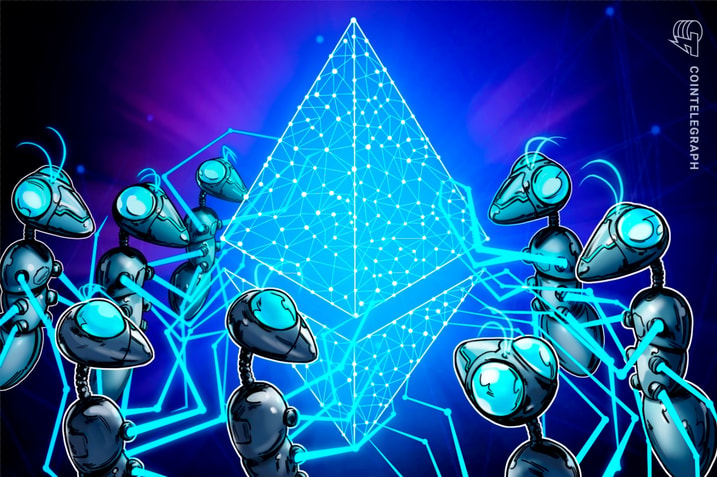
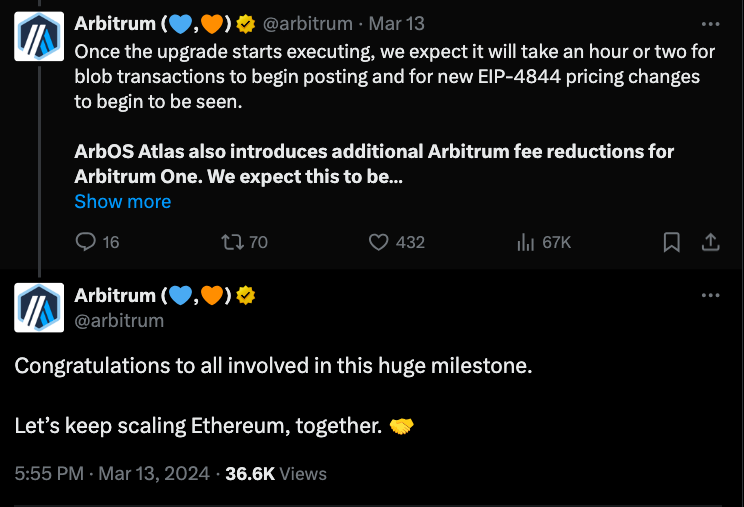
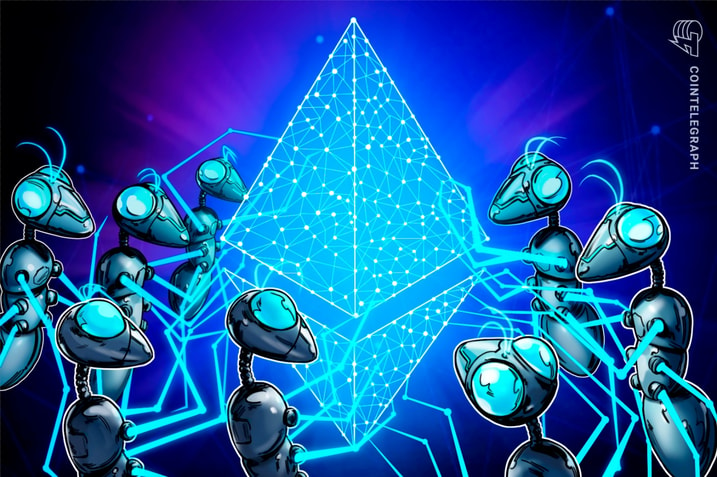
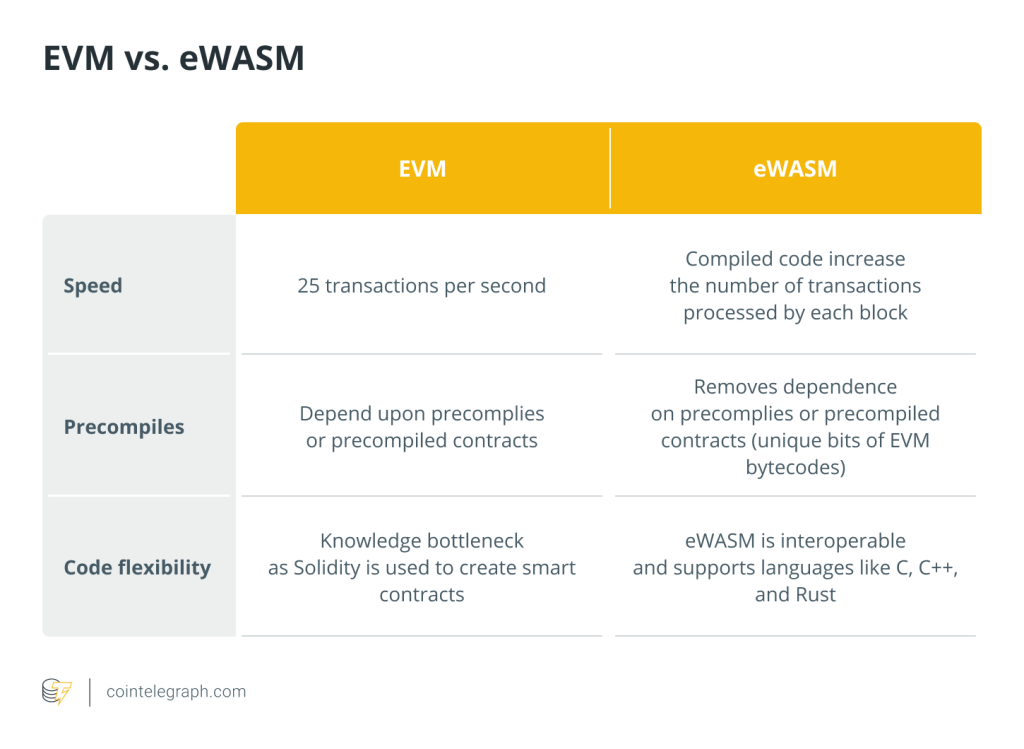
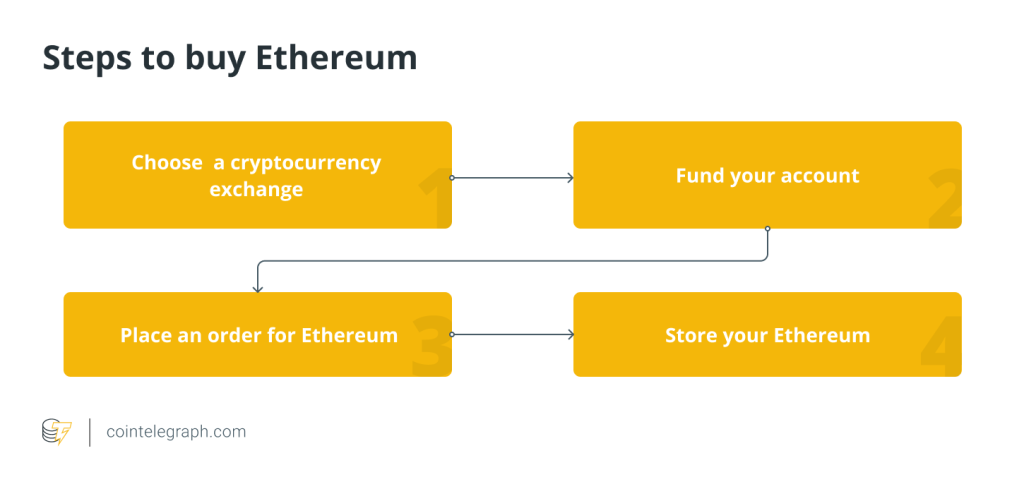
… [Trackback]
[…] Information on that Topic: x.superex.com/news/4027/ […]
… [Trackback]
[…] There you can find 94004 additional Info on that Topic: x.superex.com/news/4027/ […]
… [Trackback]
[…] Find More on that Topic: x.superex.com/news/4027/ […]
… [Trackback]
[…] Information to that Topic: x.superex.com/news/4027/ […]
… [Trackback]
[…] Here you will find 91802 more Information to that Topic: x.superex.com/news/4027/ […]
… [Trackback]
[…] There you can find 45172 more Info on that Topic: x.superex.com/news/4027/ […]
… [Trackback]
[…] Read More to that Topic: x.superex.com/news/4027/ […]
… [Trackback]
[…] Information on that Topic: x.superex.com/news/4027/ […]
… [Trackback]
[…] Read More to that Topic: x.superex.com/news/4027/ […]
… [Trackback]
[…] There you will find 51643 additional Info to that Topic: x.superex.com/news/4027/ […]
… [Trackback]
[…] Read More here to that Topic: x.superex.com/news/4027/ […]
… [Trackback]
[…] Find More here on that Topic: x.superex.com/news/4027/ […]
… [Trackback]
[…] Find More on on that Topic: x.superex.com/news/4027/ […]
… [Trackback]
[…] Info on that Topic: x.superex.com/news/4027/ […]
… [Trackback]
[…] Find More on to that Topic: x.superex.com/news/4027/ […]
… [Trackback]
[…] Read More on to that Topic: x.superex.com/news/4027/ […]
… [Trackback]
[…] Information on that Topic: x.superex.com/news/4027/ […]
… [Trackback]
[…] Read More on that Topic: x.superex.com/news/4027/ […]
… [Trackback]
[…] Info on that Topic: x.superex.com/news/4027/ […]
… [Trackback]
[…] Info on that Topic: x.superex.com/news/4027/ […]
… [Trackback]
[…] Find More here on that Topic: x.superex.com/news/4027/ […]
… [Trackback]
[…] Read More on to that Topic: x.superex.com/news/4027/ […]
… [Trackback]
[…] Read More to that Topic: x.superex.com/news/4027/ […]